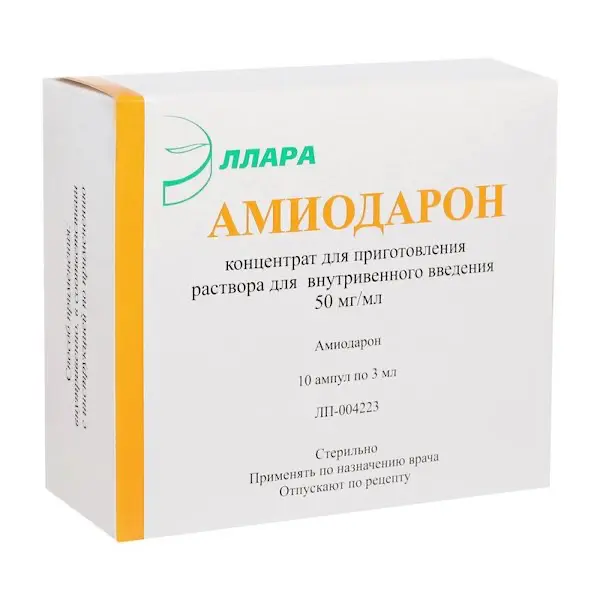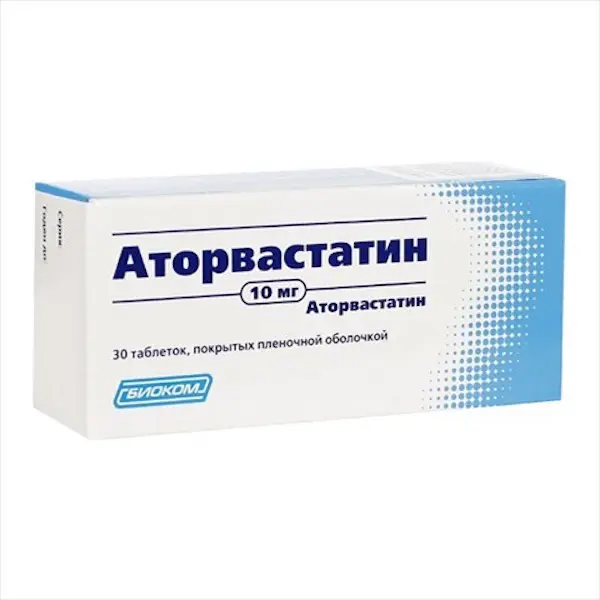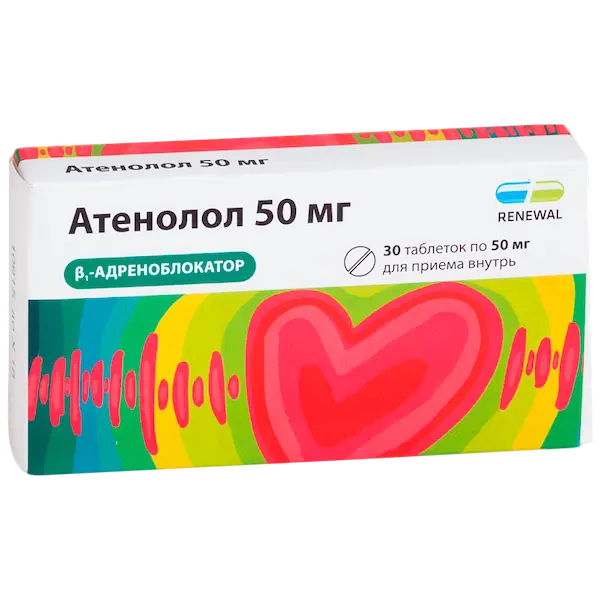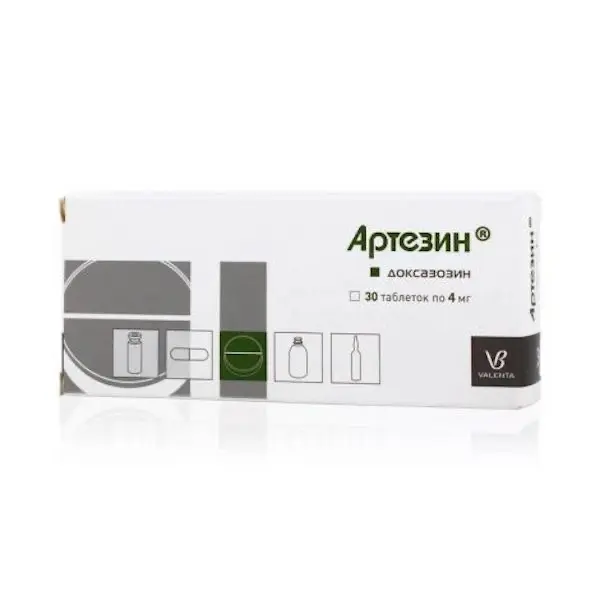Description
Amiodarone Pharmacodynamics
Antiarrhythmic properties:
Lengthening of phase 3 of the cardiomyocyte action potential without altering its height or rate of rise (Vaughan Williams Class III). Isolated prolongation of the 3rd phase of action potential occurs due to slowing of potassium currents, with no change in sodium or calcium currents.
Bradycardic effect due to decreased automatism of the sinus node. This effect is not eliminated by atropine administration.
Non-competitive inhibitory effect on alpha- and beta-adrenoceptors, without their complete blockade.
Deceleration of sinoatrial, atrial and atrioventricular conduction, which is more pronounced in the background of tachycardia.
Does not change intraventricular conduction.
Increases the refractory period and reduces myocardial excitability at the sinoatrial, atrial and atrioventricular levels.
Slows conduction and lengthens refractory period of additional atrial-ventricular pathways.
It has no negative inotropic effect.
Indications
Treatment of severe cardiac rhythm disturbances when oral administration is not possible, namely:
– Atrial rhythm disorders with high ventricular frequency;
– Tachycardia associated with Wolff-Parkinson-White syndrome;
– documented symptomatic, life-threatening, incapacitating ventricular rhythm abnormalities;
Cardiopulmonary resuscitation for cardiac arrest caused by refractory ventricular fibrillation.
Contraindications
– SSRIs, sinus bradycardia, sinoatrial block, except when corrected with an artificial pacemaker;
– Grade II and III atrioventricular block, intraventricular conduction disorders (bicuspid and tricuspid bundle leg block); in these cases, intravenous amiodarone may be used in specialized departments under the cover of an artificial pacemaker (pacemaker);
– cardiogenic shock, collapse;
– severe arterial hypotension;
– concomitant use with drugs that can cause pirouette-type polymorphic ventricular tachycardia;
– thyroid dysfunction (hypothyroidism, hyperthyroidism);
– hypokalemia;
– pregnancy;
– breastfeeding;
– Hypersensitivity to iodine and/or amiodarone;
– Severe pulmonary dysfunction (interstitial lung disease);
– cardiomyopathy or decompensated heart failure (patient’s condition may worsen).
Due to the presence of benzyl alcohol, intravenous administration of Amiodarone is contraindicated in newborns, infants and children under 3 years of age.
Dosage and administration method
- Due to the peculiarities of the drug’s dosage form, the concentration of less than 2 ampoules per 500 ml cannot be used, only isotonic glucose solution is used. Do not add other drugs to the infusion solution.
- Amiodarone should be administered in the central vein, except in cardiopulmonary resuscitation in cardiac arrest, when in the absence of central venous access, peripheral veins may be used (see “Precautions”).
Prescribed for severe arrhythmias in which oral medication cannot be used, except for cardiopulmonary resuscitation in cardiac arrest caused by refractory ventricular fibrillation. - Central vein infusion
Initial dose: usually 5 mg/kg, in glucose solution (using an infusion machine if possible), for 20 minutes to 2 hours; infusion may be repeated 2-3 times within 24 hours. The short duration of action of the drug requires continuation of administration. - Maintenance treatment: 10-20 mg/kg per day (average 600-800 mg/day and up to 1200 mg/day) in 250 ml of glucose solution for several days. From the first day of infusion, begin a gradual transition to oral administration (3 tablets daily). The dose may be increased to 4 or even 5 tablets per day.
- Peripheral vein infusion in the setting of cardiopulmonary resuscitation in cardiac arrest caused by ventricular fibrillation refractory to electric defibrillation.
Considering the mode of administration and in view of the situation in which this indication occurs, the use of a central venous catheter is recommended if available; otherwise, the drug may be injected into the largest peripheral vein.





